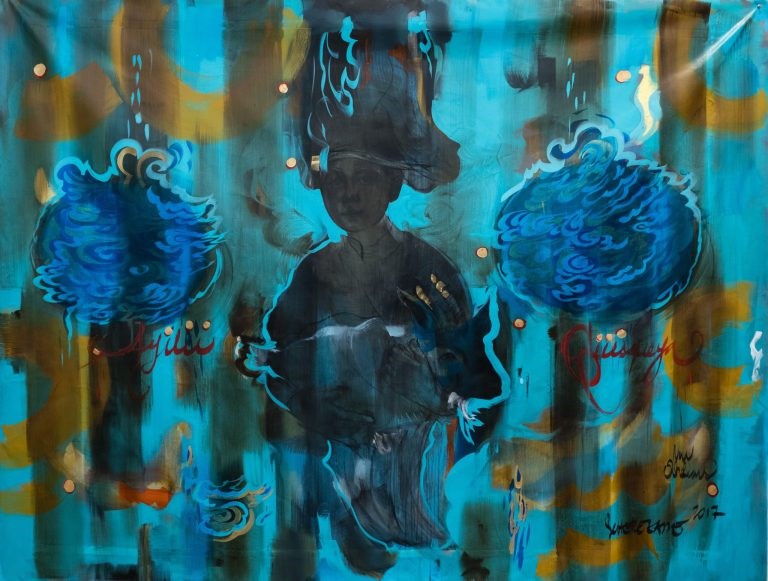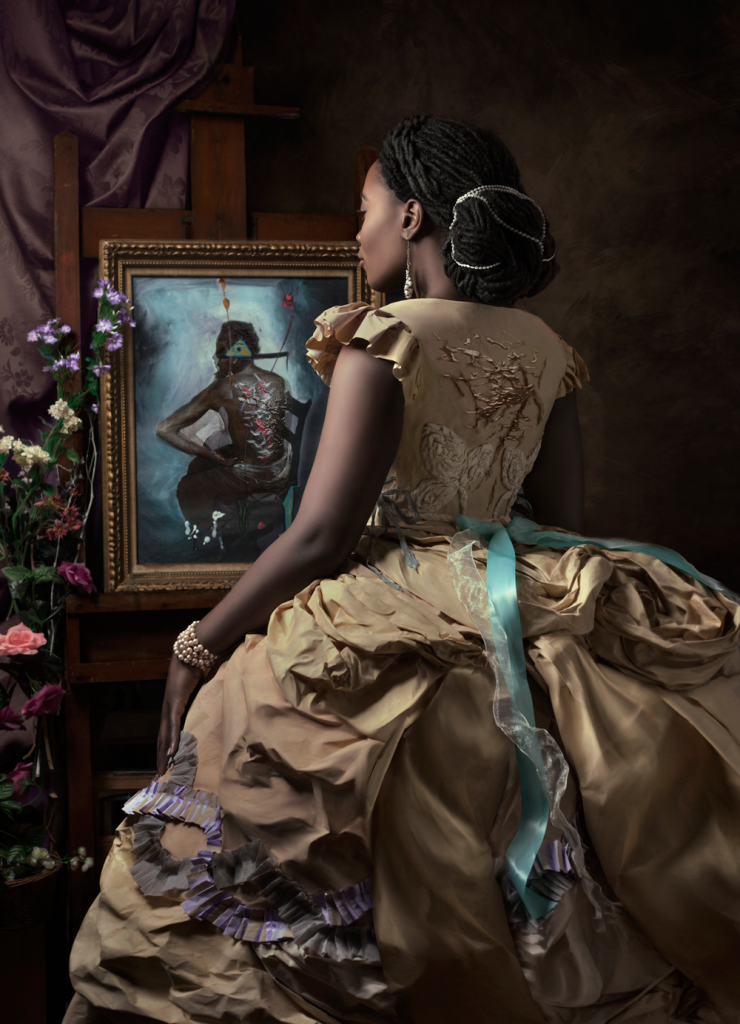BRIC's Bordering the Imaginary examines the idea of nationhood as it relates to Haiti and the Dominican Republic whose shared border bears a racialized history, yet has also created a space of cultural collaboration

Bordering the Imaginary: Art from the Dominican Republic, Haiti and Their Diasporas is a new exhibition of contemporary artworks to explore the interrelated, complicated histories and traditions of the two Caribbean countries that share a single island. The exhibition, which opens on Wednesday, March 14 at BRIC, brings together Dominican and Haitian artists who create a vivid narrative and discourse of the differences and commonalities between the two countries' communities.
"We're very excited to present a rich cross-cultural dialogue that underscores the possibility of exchange, interaction and open borders," said Elizabeth Ferrer, BRIC's vice president of contemporary art.
Through the exhibition, an accompanying catalogue and public programs, Bordering the Imaginary examines the idea of nationhood as it relates to these two countries whose shared border bears a racialized history, yet has also created a space of cultural collaboration. The exhibit, curated by Abigail Lapin Dardashti, a Franco-Dominican American Ph.D. candidate at the CUNY Graduate Center, is organized into four parts.

Revolutions and Unifications: The Contemporary Resonance of 19th Century History explores how both Dominican and Haitian contemporary artists repurpose images and ideas from the 19th century in order to recover the history of cultural and socio-political exchange during this period. Artists Freddy Rodríguez and Vladimir Cybil Charlier take up subjects such as the Maroons, Africans who escaped slavery and lived in hiding in the island's mountainous regions and revolted. Works in this section also look into the religious impositions of colonialism, the exploitation of black bodies in the creation of white wealth and the Dominican Republic's independence.
The second part of the exhibit, Borders, Fragmentations and Intertwinings, explores the border itself, that has been the site of violent exchange between Dominicans and Haitians. The works in this section present how the identities of residents in Hispaniola and the diaspora intertwine and form new characteristics that go beyond those defined by the nation-states. Dominican artist Pascal Meccariello's installation Mapping on Broken History uses maps and pages from Dominican and Haitian history textbooks and covers a fluid rendering of the island with images of Dictator Trujillo, demonstrating the remnants of colonialism.
Bodies Transformed, the third section, features works that reject traditional portraiture while representing identity through commonplace objects specific to Hispaniola to challenge race-based definitions of identity. Dominican-American artist iliana emilia garcía contributes a site-specific installation, The Sage and the Dreamer, composed of handmade wood and straw chairs sold throughout the countryside in both Haiti and the Dominican Republic. With the Made in Haiti series, photographer Roberto Stephenson collects handmade objects from the streets of Port-au-Prince and sheds new light on the creativity of people who make due with so little.
The final section of the exhibition, Memories of a Utopian Island and the Future, is a collaboration between Haitian-American artist Vladimir Cybil Charlier and Dominican-American artist Scherezade Garcia which features animated videos and an installation to addresses contemporary issues related to the diaspora.
"Memories of a Utopian Island does not claim a sameness between the two countries," curator Lapin Dardashti writes. "The countries maintain different cultures and modes of self-definition, but also share many cultural, economic and historical notions that complicate the kinds of identities constructed by political powers."
The opening reception will take place on Wednesday, March 14, 7:00pm at BRIC House. The exhibition will be on view through April 29. To see a full program of events, go here.



